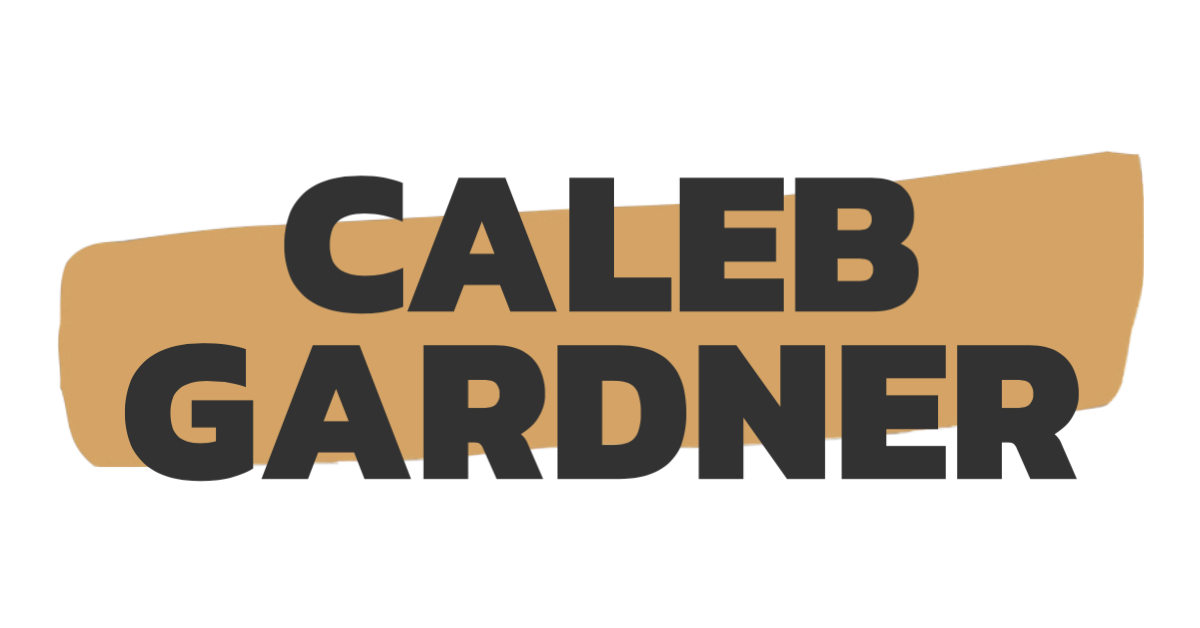Change fatigue is one of the biggest threats to transformation momentum in any organization. When employees are constantly asked to adapt—to new priorities, new technologies, new ways of working—it can leave them feeling exhausted and disengaged.
Read MoreFor 25 years, the Edelman Trust Barometer has given us an annual temperature check on how much faith people have in institutions. This year’s results are ice cold.
Read MoreI’ve never been great at sticking to a plan for a long period of time. As I look to the future, I get distracted by infinite possibilities—and as I live day to day, I get distracted by media, notifications, infinite calls from the digitally connected.
Read MoreAt an event last week for the Executives’ Club of Chicago, I was asked a great question, along the lines of this famous Jeff Bezos quote: I talk a lot about change, but what do I think doesn’t change?
The book is about the mechanics of transformation, and ultimately, I believe many of those principles are timeless.
Read MoreOne of the reasons my partners and I built 18 Coffees to be focused on strategy, change management, and organizational development was that we knew we were in a unique moment in business history, one in which our basic assumptions about what it means to be a business were about to be questioned.
Read MoreIs there a better way to signal importance to a business than appointing a C-Suite head of something? Maybe not.
Recent ideas about appointing chief ESG officers gave me flashbacks to conversations ten years ago about the need for chief digital officers — and reminded me of recent appointments to chief remote officers.
Read MoreShared cultural language can be a boon to movements for change—and a barrier to seeing that change happen.
Bumperstickers and banners establish shared credentials, show us who we can trust, tell us who’s on the inside of the movement. But they’re also off-putting to those who don’t share that language, and can antagonize those whom we need to make the change happen.
Read More